The colours, voices and strength of the people occupied the city of Belém during the two weeks of COP30, in the Brazilian state of Pará. While the climate negotiations ended without presenting a roadmap to phase out fossil fuels and global deforestation, frustrating environmentalists and civil society organizations, the “outside COP” made history.
© Tuane Fernandes / Greenpeace
The occupation of Belém’s streets and waters leaves a legacy for the next conferences: the guarantee of social participation as a determining factor for concrete progress in defending the planet and the climate.
The People’s Summit, held at the Federal University of Pará (UFPA), brought together thousands of people and representatives of social movements. Over the course of a week, panels and discussions on the climate crisis were held, highlighting the importance of financial support for projects and communities that keep the forest standing and of tackling inequality as a path to mitigating the consequences of the climate crisis.
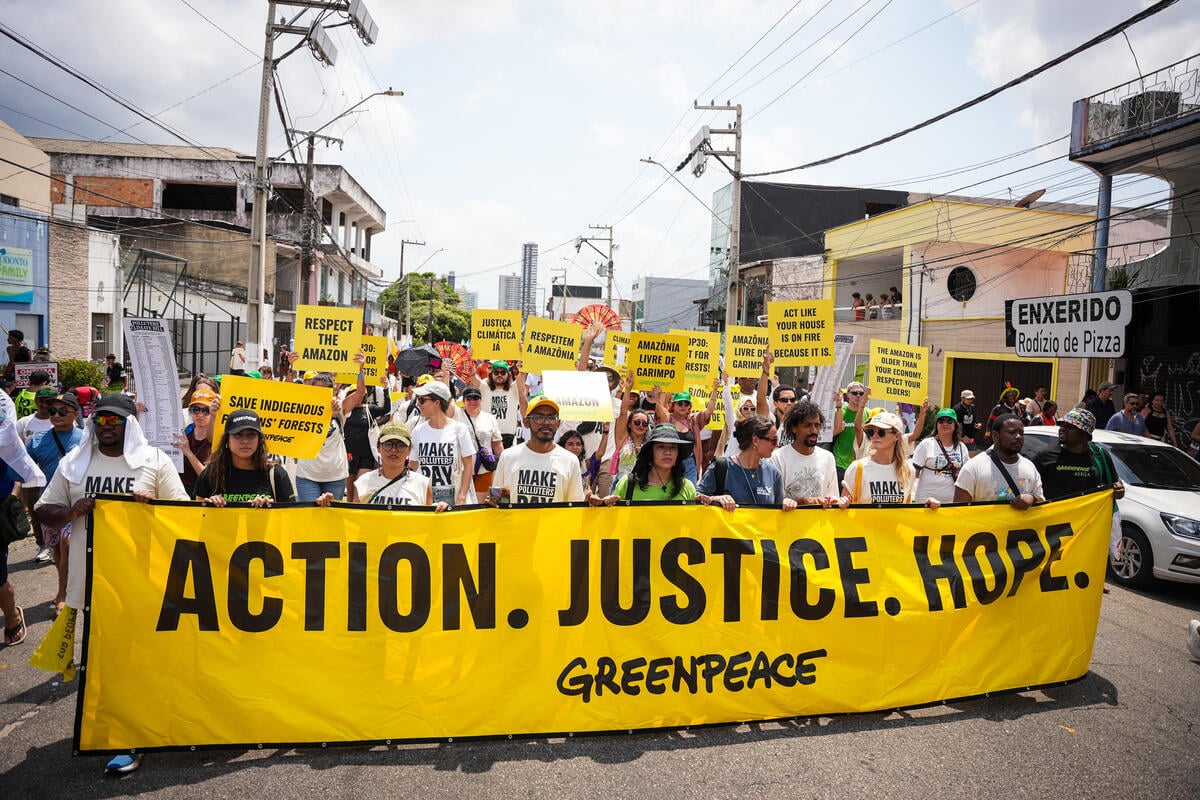
© Filipe Bispo / Greenpeace
The Rainbow Warrior III, Greenpeace’s ship, also joined this wave. The boat remained docked very close to the Summit, during the two weeks of COP30.

© Tuane Fernandes / Greenpeace
The ship hosted events and exchanges with Indigenous leaders, youth movements, and climate activists as well as opened its doors so the people of Belém could learn more about our activism and about the global campaign “Respect the Amazon”, which has already mobilised more than half a million people around the world.
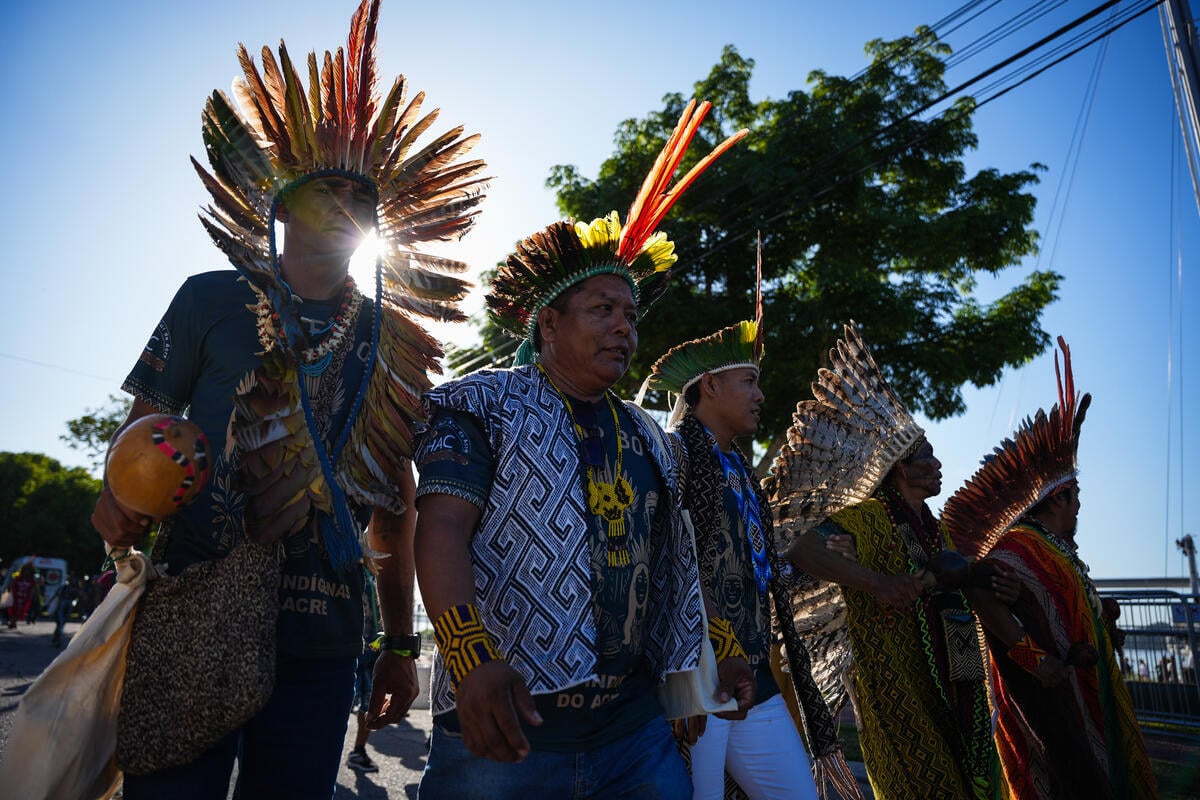
© Filipe Bispo / Greenpeace
The Rainbow Warrior also took part in the barqueata organised by the People’s Summit, in which more than 200 boats occupied the Guamá River with the motto “From the Amazon to the world: end inequality and environmental racism. Climate justice now!”

© Christian Braga / Greenpeace
Similarly, the Global Climate March brought more than 40,000 people to the streets of the capital of Pará. Both moments registered the strength of the unity of the peoples and showed how popular mobilization can put pressure on the negotiations.
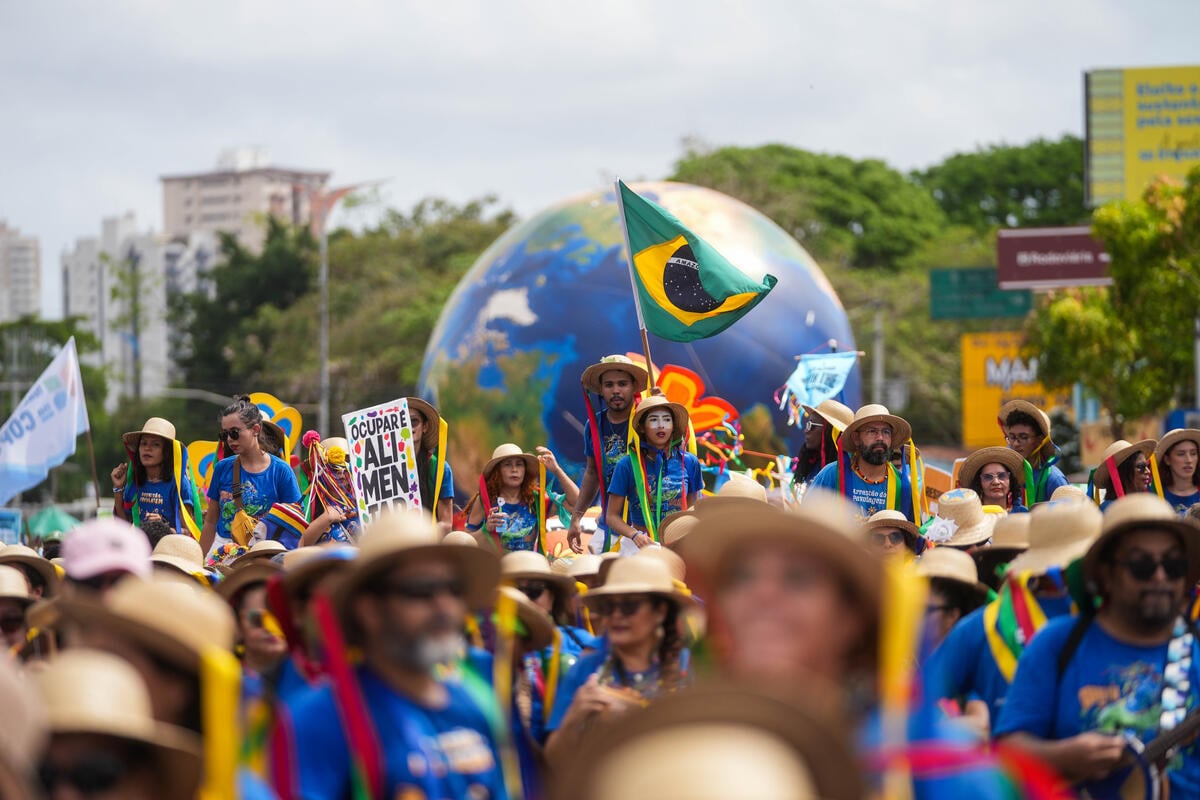
© Filipe Bispo / Greenpeace
The solution lies in the territories
This was also the Climate Conference with the largest Indigenous presence ever recorded. Thousands of Indigenous people and leaders brought to governments, in different spaces and circumstances, the demarcation of territories as the main demand to contain the climate crisis.
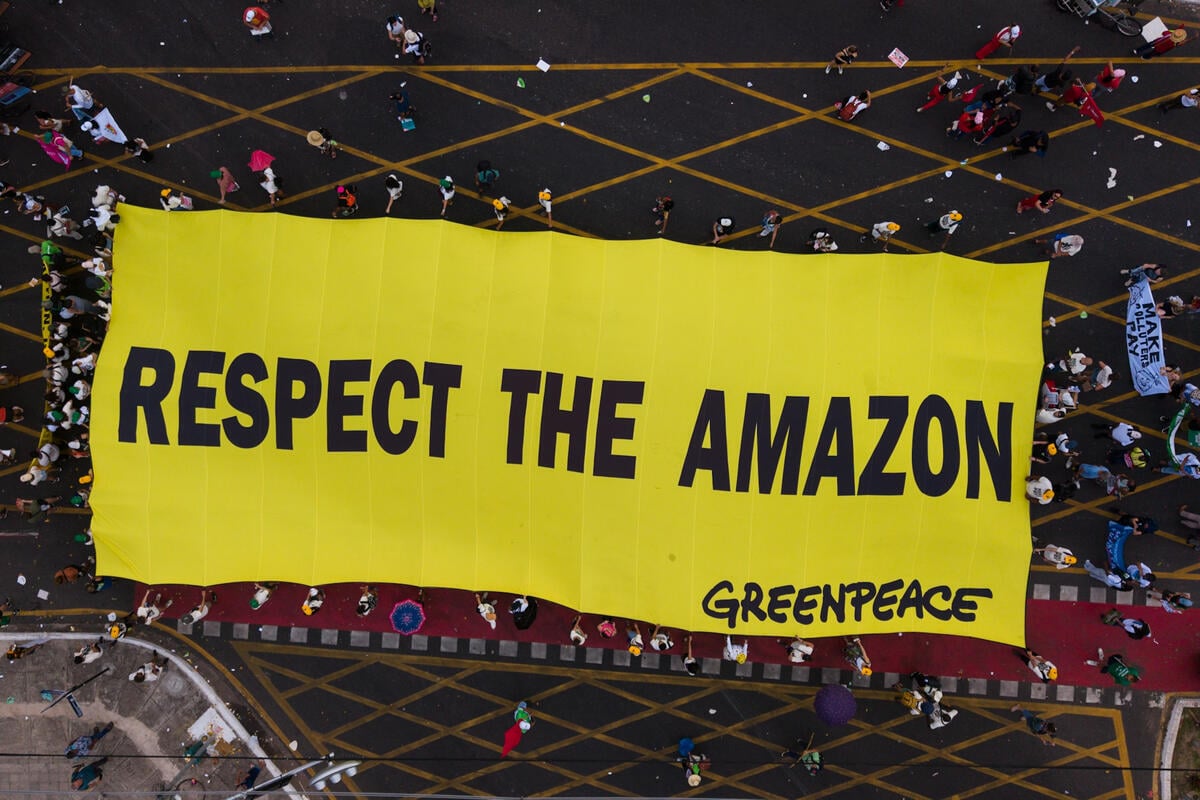
© Tuane Fernandes / Greenpeace
In the second week of COP30, the Brazilian government announced progress in the process of demarcating 20 Indigenous Lands. Four were ratified, ten declared and six had their boundaries established, representing millions of hectares protected. A victory that reflects years of mobilization by Indigenous peoples and reinforces the demand made during the Indigenous March at the COP: “We Are the Answer – demarcating lands protects forests and confronts the climate crisis”.
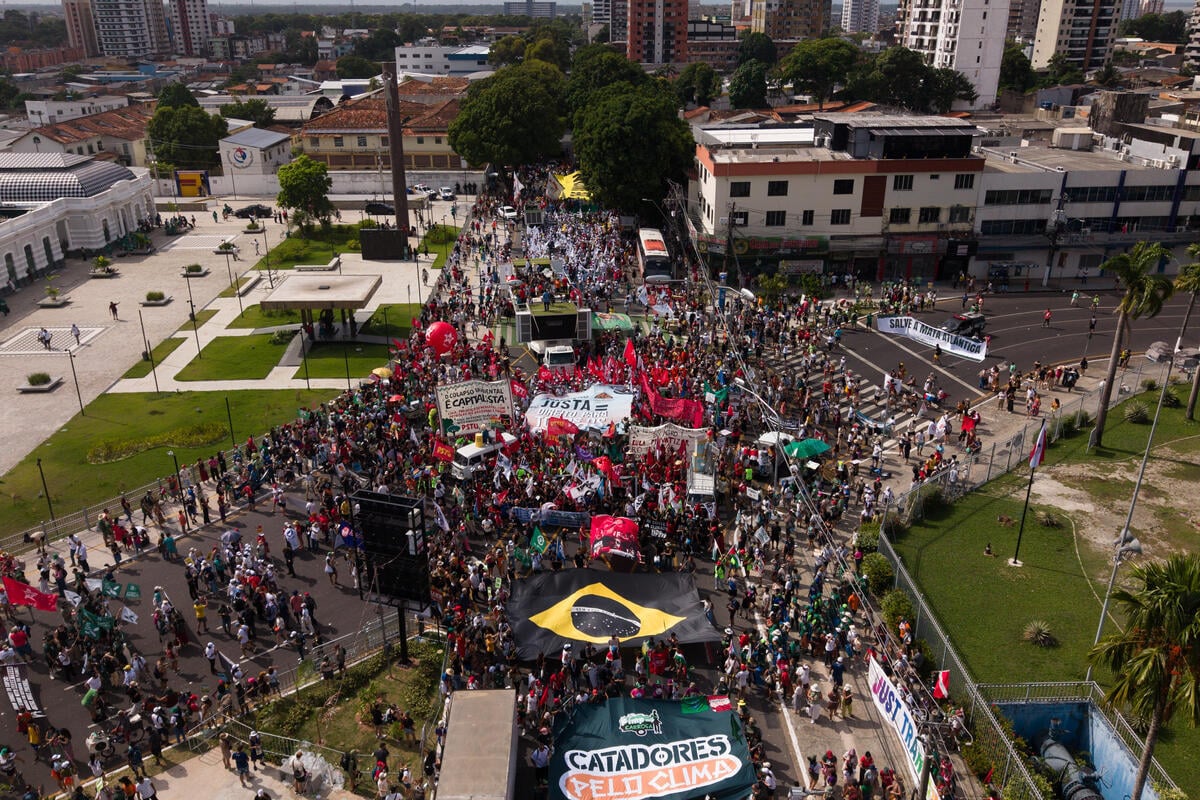
© Tuane Fernandes / Greenpeace
This was, without any doubt, the People’s COP. And this is essential for any progress in the climate agenda. After all, there is no possible climate debate without including those who truly know how to protect forests and the climate.
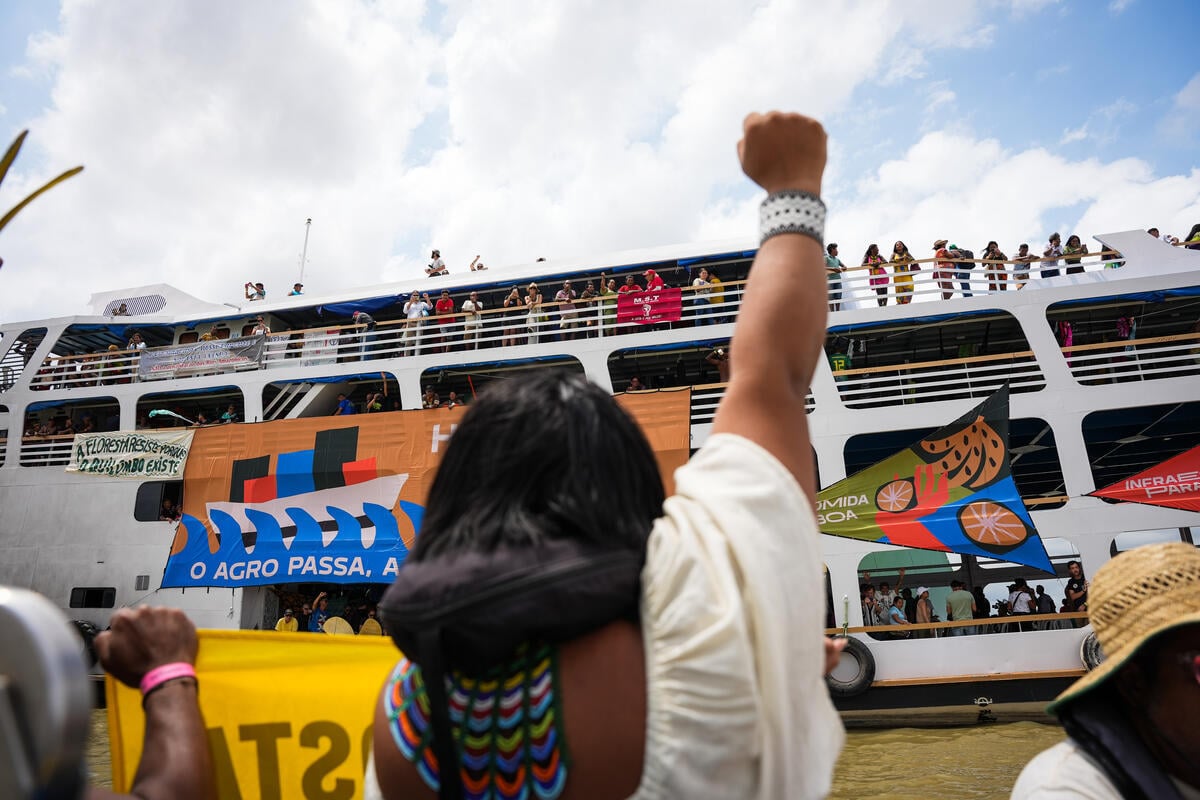
© Filipe Bispo / Greenpeace
And this is precisely why the mobilisation that made Belém even more colourful during the global negotiations remains firm, nurturing the possibilities created by COP30 so they can sprout, take root and blossom into the changes and actions we need.

© Filipe Bispo / Greenpeace
Lu Sudré is a Communications Manager with Greenpeace Brazil.
Source link
Lu Sudré www.greenpeace.org

